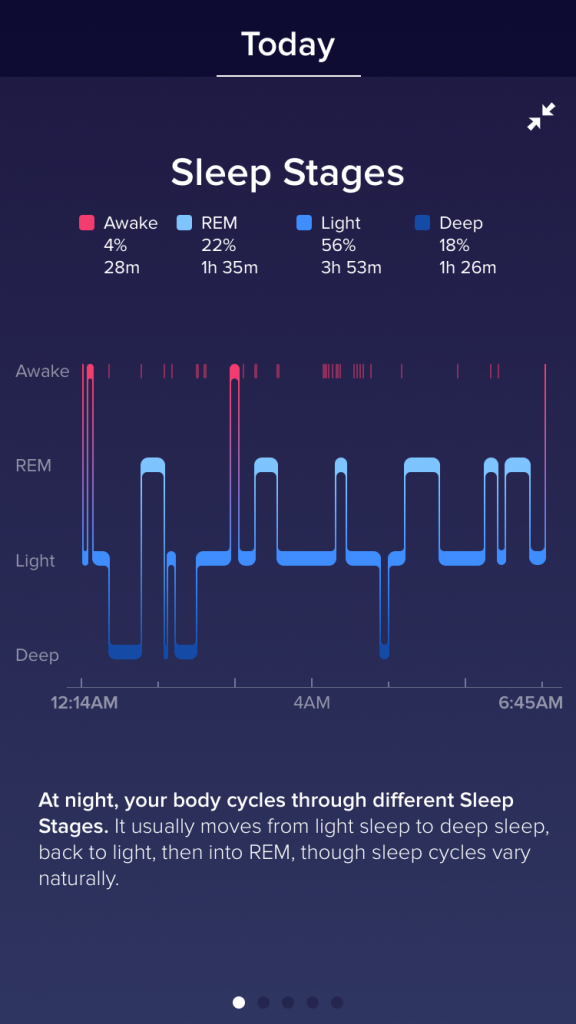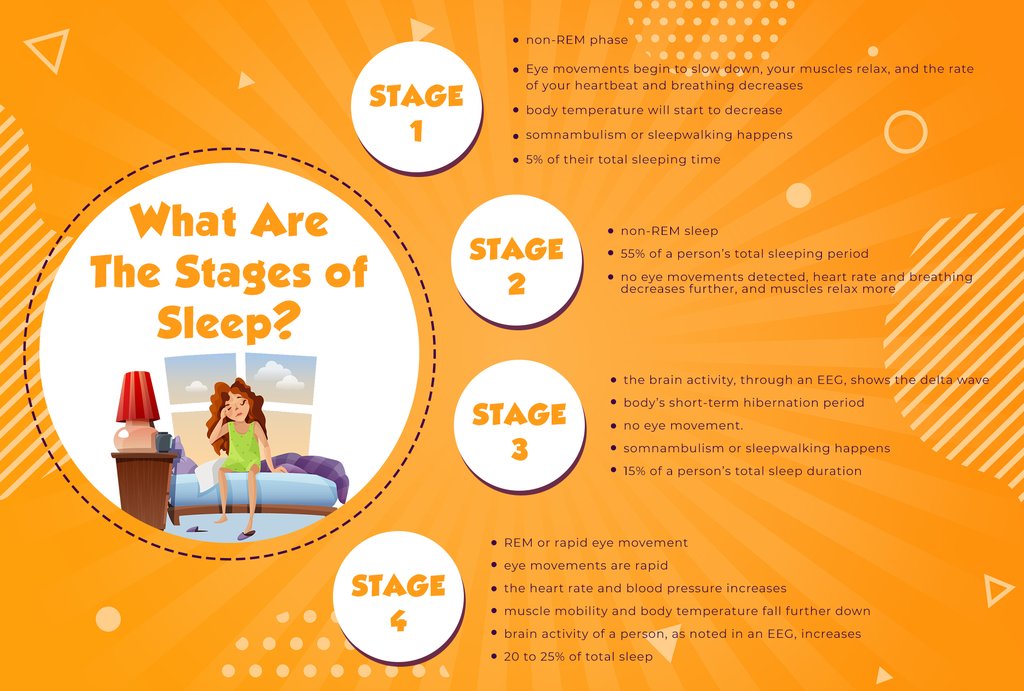

This is the stage when most dreaming occurs. During this stage, our breathing and heart rate increase, and our eyes begin to move rapidly behind closed eyelids. We may also experience vivid dreams at this stage.Īfter the deep sleep stage, we enter back into the light sleep stage before entering into REM sleep. Our breathing rate slows down even further, and our muscles become relaxed. This is a deeper level of sleep and can last anything from 20 to 40 minutes. After about 10 minutes, we enter into the deep sleep stage. During this stage, our breathing rate, heart rate, and body temperature all decrease. When we first fall asleep, we enter the light sleep stage. The Stages of Sleep and Their Impact on REM Sleep Before getting into REM sleep, the body goes through four stages of non-REM sleep: light sleep, deep sleep, light sleep again, and then dream sleep (REM). This is usually after the body has already gone through lighter stages of non-REM sleep. Typically, it takes an adult between 70 and 90 minutes to reach the REM stage of sleep.


The amount of time it takes to get into REM sleep varies from person to person. How Long Does It Take to Get Into REM Sleep? In particular, Rapid Eye Movement (REM) sleep plays an important role in our sleep cycle. The importance of sleep cannot be overstated-and understanding the different stages of sleep can help you get more out of your slumber. It helps us function better during the day and supports our physical, mental, and emotional wellbeing. Getting a good night’s sleep is essential for overall health and wellness. Health And Wellness, Interrupted Rem Sleep, Rem Sleep, Sleep Cycle, Sleep Stages Introduction


 0 kommentar(er)
0 kommentar(er)
